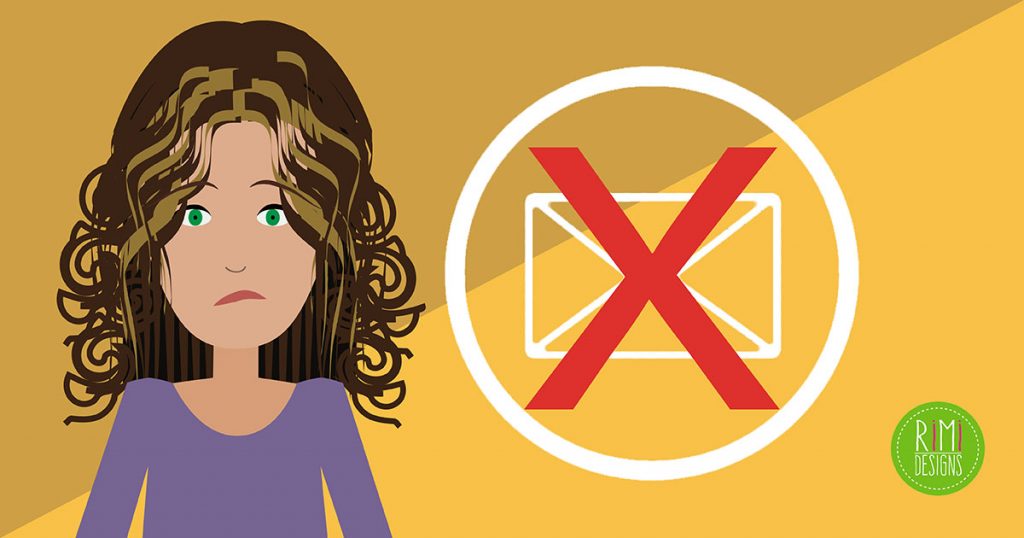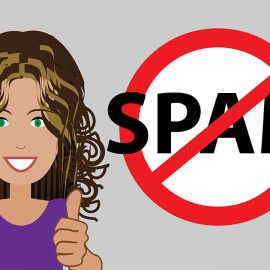
8 Email Mistakes to Avoid
Are your emails getting the results you want? When you improve the way you write and learn how to design better messages, you will resonate with the reader, improve sharability and increase the bottom line.
Here are 8 common email mistakes to avoid.
1. Sending emails only when you need something
The best time to build any relationship is before you need something, not waiting until the moment you need something. Get into the habit of sending 5 thoughtful emails each Sunday night to check in with people who you like, admire or think of. This is a great way to remember to reach out to people you want to be in touch with and an actionable way of practising gratitude.
2. Forgetting that there’s a person on the other side of your email
Just as you wouldn’t walk into a friend’s house for dinner and bark out a command, often those little niceties in the intro and end of a message can go a long way. Social cues aren’t dated constructs. They’re valuable warm-up phrases in communication. Start by saying hi, comment on someone’s latest achievements and wish the other person well.
3. Using the first person too much
Many emails are written exclusively in first person. Shift the focus to the recipient and consider what they want, need or would like to hear. After writing an email, scan it quickly for how many times you use the word “I”. See if you can edit some of them out.
4. Sending the email at the wrong time
Just because you’ve written it now doesn’t mean it needs to be sent at this exact moment. Delaying the send is one of the most powerful and underutilised tools of emailing. Evaluate whether or not if the message is urgent and needs to be replied to immediately. If you’re cleaning up your inbox during your scheduled time, fire off the messages that are urgent and consider sending messages in the morning.
Scheduling emails to be sent in 24 or 48 hours gives you (and your clients) space to breathe between non-urgent projects. It also sets up a rhythm of communication, whereby your client no longer expects you to reply immediately.
The more structure and parameter you give to the form of your messaging, the easier it is for the client to learn what to expect. You can either train someone to expect instant answers at all times or to learn the rhythm that’s best for you and your business. Then, in the case of an emergency, if the client emails and you need to solve the problem straight away, you can send a quick message late in the evening or on a weekend. In this scenario, you become the hero to your client.
5. Sending to too many people
More recipients in the “To” field does not mean that you’ll necessarily get more answers. In the age of digital marketing, people who blast messages in broadcast form without understanding who is in the “to” line can erode their chances of a message being opened. A perfect email is one that’s sent to exactly who it needs to go to, with a specified desired outcome.
The more specific you can be about who you ask, the better. Asking everyone in your network is bound to get you a bunch of silence in our overconnected world or unsubscribes and unfollows across your various platforms. It’s better to ask 3 people who are very well equipped to answer your query rather than 15 people who aren’t interested at all.
6. Knowing nothing about the person receiving your email
Do your homework on the recipient. One great tool to get fast information about who you’re talking to is Rapportive, a sidebar that lets you see the latest public posts (and a picture) of the person you’re communicating to.
7. Forgetting to send updates or interim messages
If you’re waiting for an important message from someone, the time spent waiting for a delivery can seem interminable. If there’s a long delay in sending an item that’s highly anticipated or expected, or you’ve experienced a few hiccups, send a one-liner email to update your receiver on the status of the project. You’ll know that you need to send a quick note when you start to get anxious about not delivering or they seem to be a bit flippant.
8. Making messages too long
Depending on the nature of the message, emails can vary from a few words to thousands of words. The longer the email, the less likely that someone will read the entire thing.
Long emails generally mean that a larger strategy, framework or document might be in order. Some companies shift to using four-sentence emails and linking to longer pieces of work through project management software like Google Documents.
SOURCE: Fast Company



